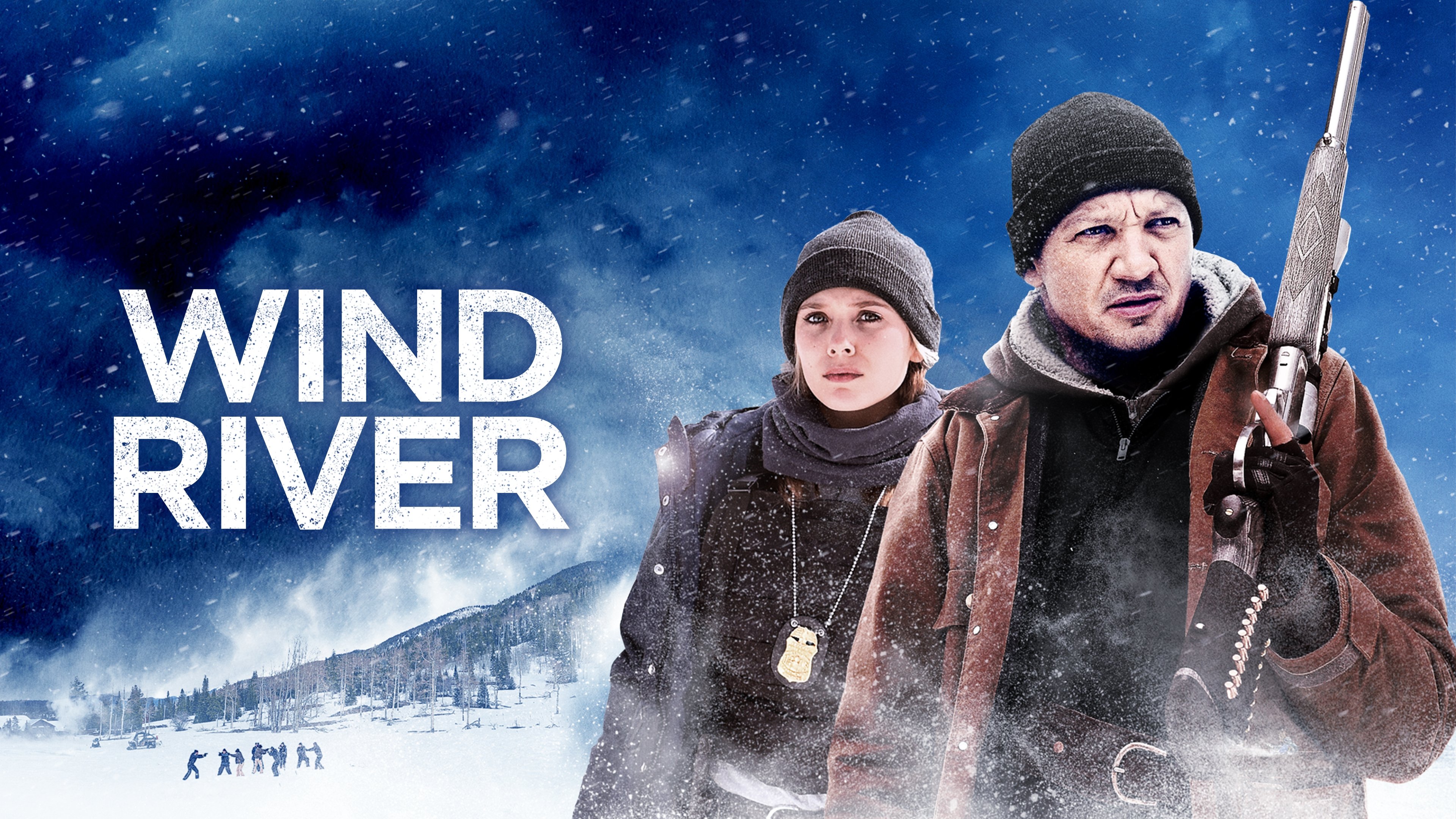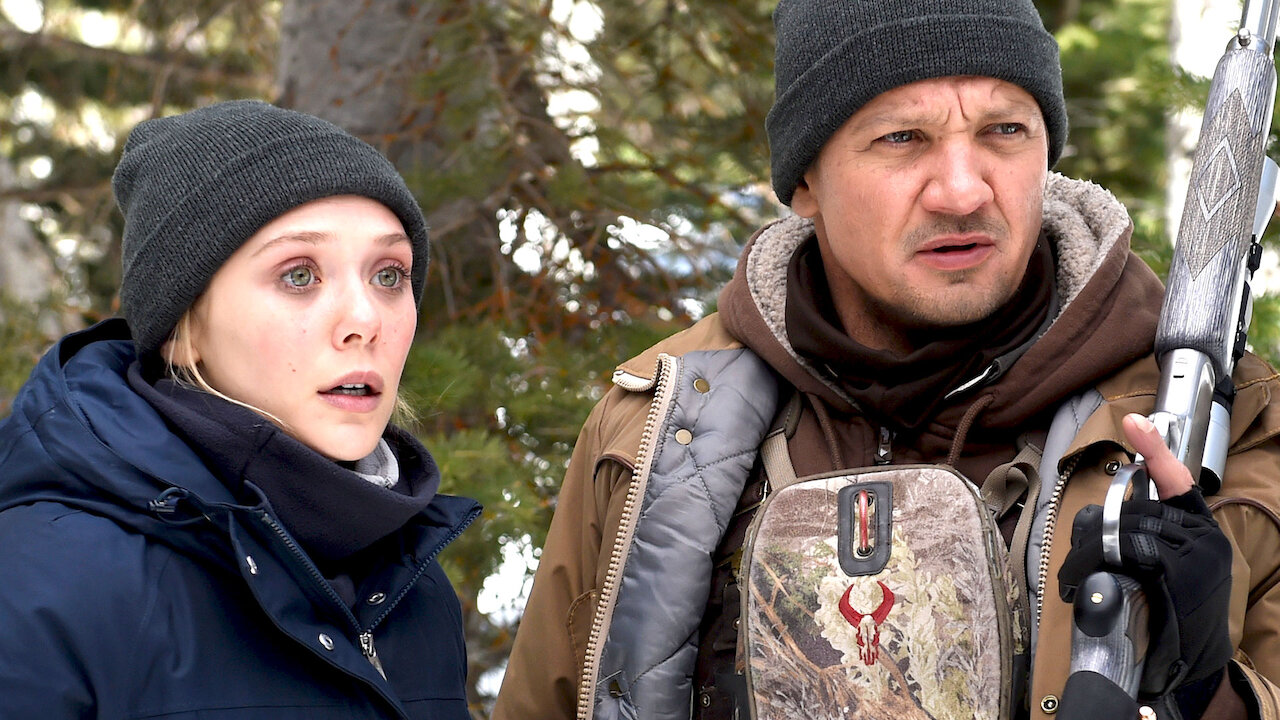Wind River (2017), directed by Taylor Sheridan, stands as a haunting and poignant neo-Western thriller that delves deep into the silent anguish of forgotten communities and unresolved grief. Set against the stark, snow-covered backdrop of the Wind River Indian Reservation in Wyoming, the film offers a gripping narrative that intertwines mystery, survival, and justice.
Jeremy Renner delivers one of his most compelling performances as Cory Lambert, a U.S. Fish and Wildlife Service tracker tormented by personal tragedy. When he discovers the frozen body of an 18-year-old Native American woman, Natalie, in the desolate wilderness, he becomes entangled in the ensuing investigation. Elizabeth Olsen co-stars as Jane Banner, a young and inexperienced FBI agent sent to lead the case, whose outsider status and limited resources amplify the film’s commentary on institutional neglect.

Sheridan, known for his screenwriting in Sicario and Hell or High Water, makes his directorial debut with Wind River, and he does so with exceptional poise. The screenplay is taut, emotionally resonant, and socially conscious, shedding light on the alarming issue of missing and murdered Indigenous women—a crisis often overlooked by mainstream media.

The cinematography by Ben Richardson is striking, capturing the brutal beauty and isolation of the American frontier. The score, composed by Nick Cave and Warren Ellis, further accentuates the film’s somber tone, offering an auditory landscape as vast and eerie as the snowy terrain itself.

While Wind River functions as a compelling crime drama, its greatest strength lies in its layered portrayal of loss, resilience, and cultural erasure. It confronts harsh realities with sensitivity and respect, refusing to exploit trauma for mere dramatic effect.
In conclusion, Wind River is a powerful, slow-burning thriller that blends social commentary with atmospheric storytelling. It is not just a film to be watched, but one to be felt—and remembered.
Rating: 9/10